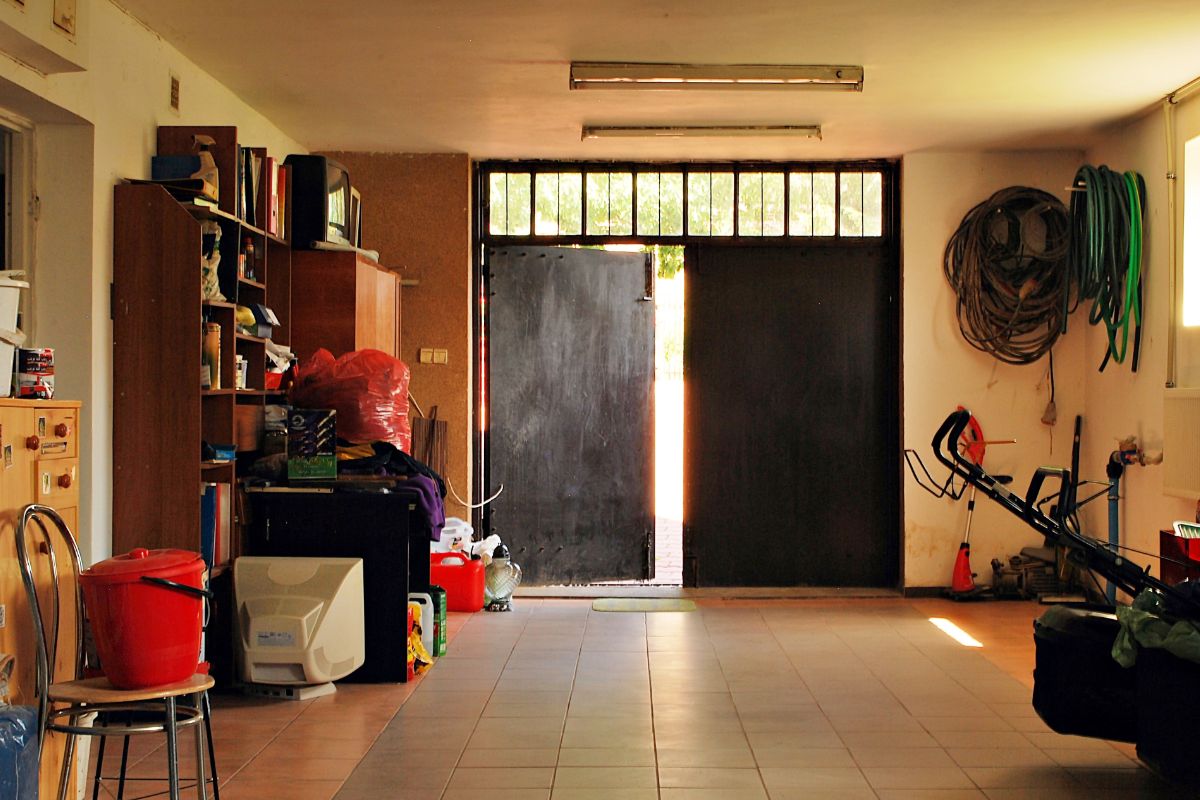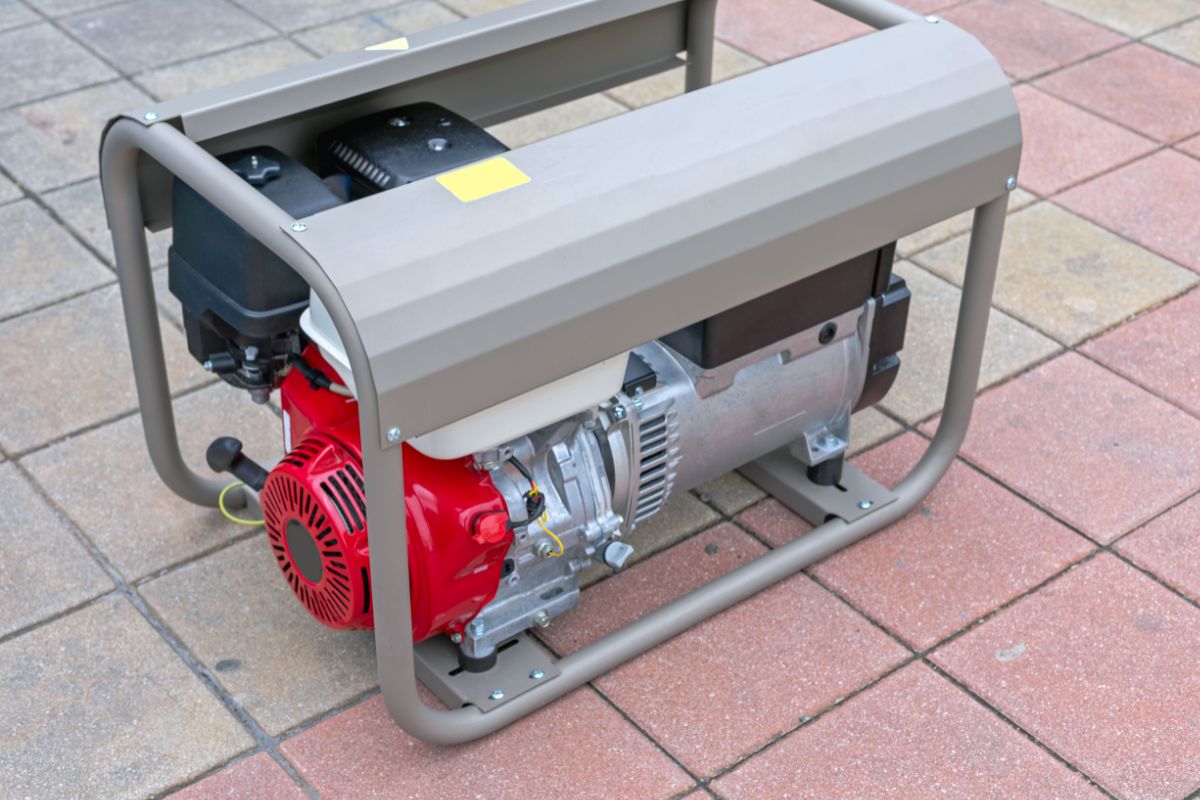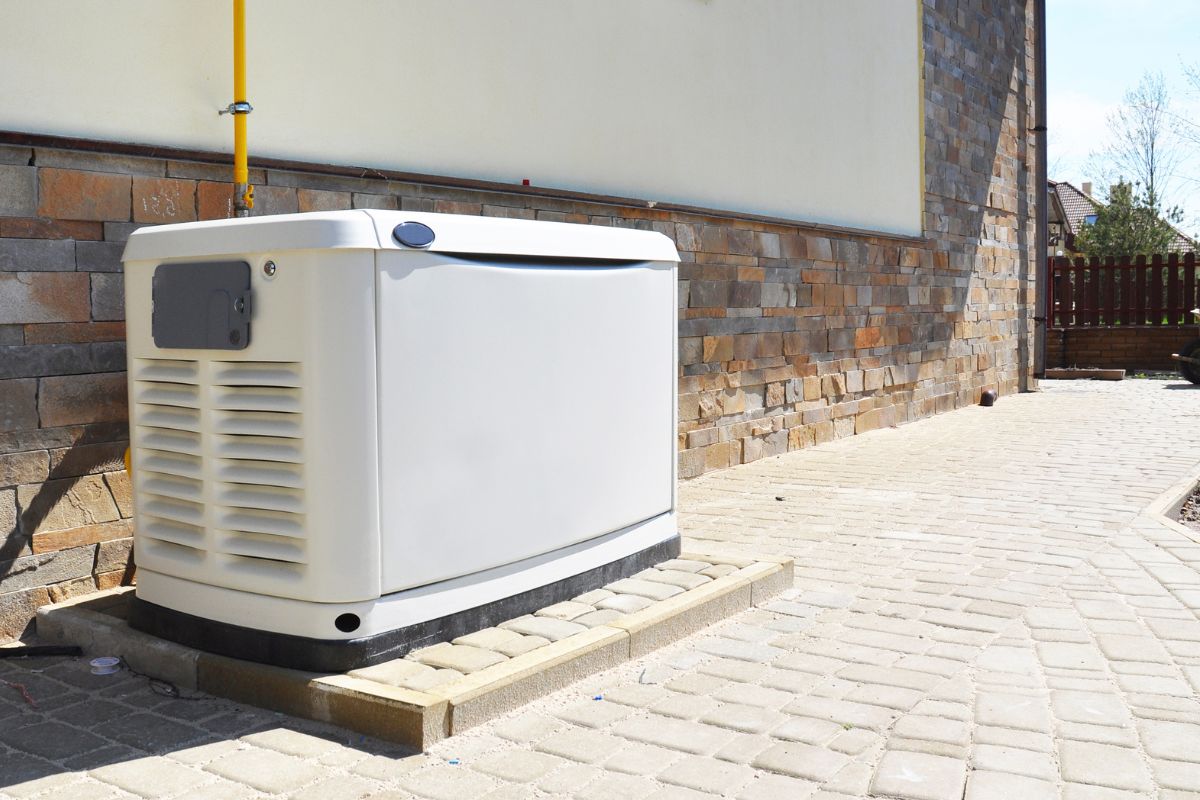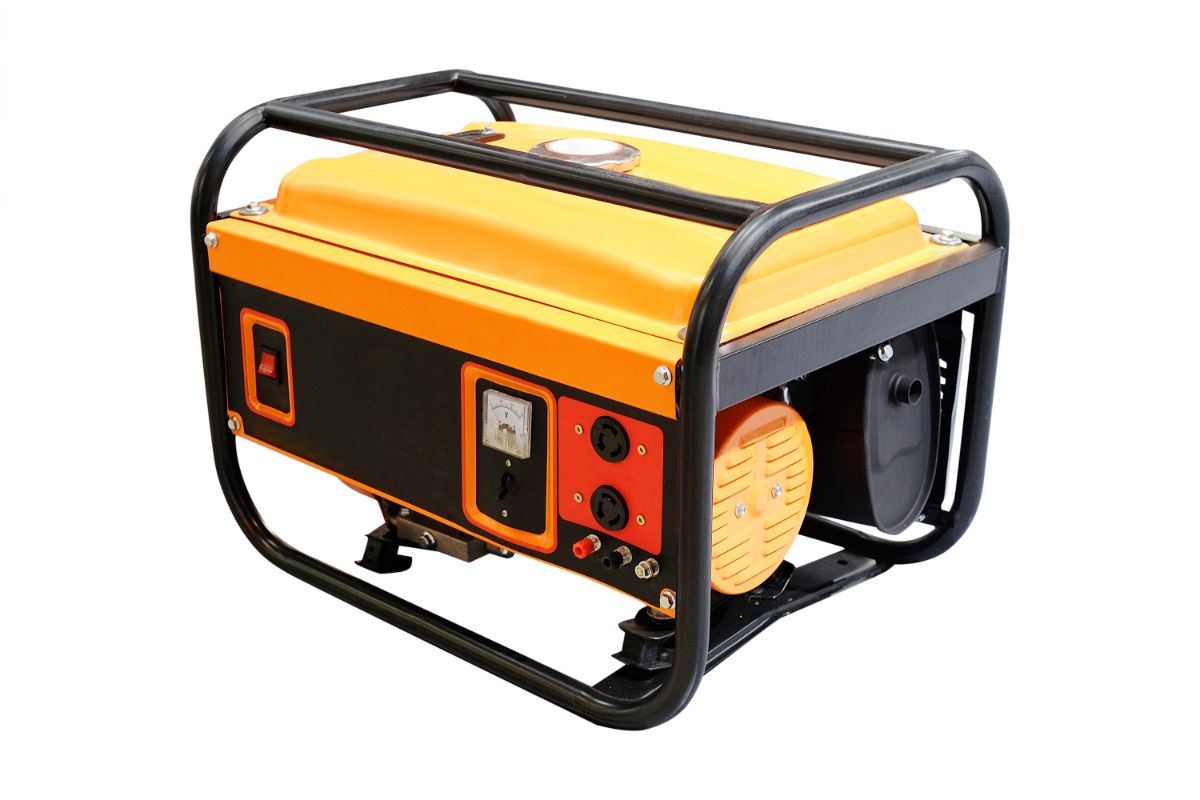These days we are spoilt for choice when it comes to back-up and portable power supply options. This is because we depend on our electrical devices and appliances so much, and want to have access to efficient and reliable power wherever we go.
There are tons of companies offering large capacity power stations that can do more than just boost the juice in your smartphone, and in this article we are going to review two of the industry leaders, none other than Bluetti and Jackery.

Both brands are highly thought of and respected, and have been creating top of the range power storage units for decades.
In order to compare them fairly, we have picked two of their best selling portable power stations to pit against each other. Both contenders have high capacity, high power, and huge versatility, but which will fare best? Read on to find out.
The Contenders
In order to fairly compare these two mighty brands, it is important we pick products that are comparable. For today’s test we have chosen:
Bluetti EB150
Jackery Explorer 1000
Bluetti vs Jackery Buying Guide
The reason? Well, both are portable power stations that offer a peak power of 1000W and both have high capacity, extremely durable and long lasting lithium batteries.
Both products are also both going for around the same price point on Amazon. So, let’s get into the nitty gritty to see which offers more bang for your buck.
First Impressions
On first taking these power stations out of their boxes we are impressed by the awesome design and sturdy build of both. The Jackery Explorer 1000 is wider and more block-like, so it instantly seems more cumbersome than the slimline Bluetti EB150, which is almost as thin as a briefcase.
However, all this changes when we go to pick them up. The EB150 is far heavier than the Explorer 1000. In fact, the Bluetti is a full 15 lbs heavier than its rival. It also feels slightly less sturdy due to its slimness, whereas the Explorer 1000 is squat and stable.
Both power stations arrive with a solar charging cable, and an AC adapter and cable. However, the Explorer 1000 also comes with a car charging cable which will come in pretty handy. Both units also come with a user manual and 2 year warranty card.
Thanks to its stable design and extra charging option, the JACKERY takes this first round.
Versatility
Next up, it’s versatility, and both products have plenty to offer in this area.
The Bluetti EB150 boasts 8 outlet ports including 2 AC 110V ports, a 12v/9A DC carport outlet, a 45W USB type C PD port, and 4 USB type A ports (5V/3A).
The Jackery Explorer 1000 also offers 8 outlet ports, but divides them slightly differently. It boasts 3 AC 110V outlets, a 12V/9A DC car port outlet, 2 USB type C PD ports and 2 USB type A ports.
The DC carport on each unit is handy for charging minifridges, car vacuums and other car electricals, and we were glad to see it featured as it comes in very handy when on long journeys and venturing by car.
However, the most useful outlet on these units is surely the AC 110V outlets, as this is how most electrical devices are run and charged. You can run coffee machines, blenders, toasters, kettles, microwave ovens and even electrical drills from these AC outlets.
For this reason we think that the fact that the Jackery offers 3 AC outlets gives it the edge over the Bluetti, which only offers two.
As for USB ports, these are great for all your technical devices like smartphones, laptops, digital cameras, games consoles and even drones. USB-A ports are great for compatibility with many devices, however, USB-C ports offer fast charging and are compatible with macbooks and other more high spec devices.
We think that having 2 USB-C ports available will mean far fewer arguments between the kids over who gets to use the fast charger first. Here again it looks like Jackery has the win.
Though both units offer the same number of outlet ports, JACKERY offers a better division of ports, so takes its second win!
Power Performance
Both the BLuetti EB150 and Jackery Explorer 1000 have a peak power of 1000W, meaning they can both run high powered appliances like refrigerators and microwave ovens in the case of an emergency.
Both can easily power coffee makers, rice cookers, fans, grills, and even CPAP equipment and are therefore both excellent options to have on hand in a storm bunker or homestead.
However the Bluetti offers a 1200W surge (for 2 minutes), whereas the Jackery offers a surge power of 2000W, which will give you that little extra push if you need it and allows you to power those more intense appliances when necessary.
Where the two units differ is not in their power delivery, but their power capacity. Where the Jackery offers 1002 Wh of capacity, the Bluetti offers a huge 1500Wh, meaning that it will keep your devices charging and your appliances running for that much longer without running out.
The Bluetti units can charge your smartphone over 159 times, your laptop 21 times, whereas the Jackery will charge them 100 times and 9 times respectively. This is quite a large difference and is not just due to capacity, but also to the efficiency of the unit in its delivery.
The Bluetti runs very efficiently with minimal wastage compared to the Jackery. It is this that allows it to run a 60W CPAP for 21 hours, whereas the Jackery will run it for 17. It will run a 10W light for 127 hours whereas the Jackery will run a 5W light for 76.
From these stats it is clear that BLUETTI takes the power performance crown and its first win.
Charging Performance
Both the Bluetti EB150 and the Jackery Explorer 1000 have four possible charging methods. These are solar panel charging, wall socket charging, generator charging and carport charging. However, the Bluetti does not come with a carport adapter whereas the Jackery does. This is a hidden cost for the Bluetti which we think costs it points in the contest.
When it comes to charging speed, the Bluetti can be charged in 7.5-8 hours from a wall socket or generator, which is approximately the same time it takes to charge the Jackery in this way.
However, the Bluetti is capable of being charged with 500W of solar power in just 5 hours, whereas the Jackery can be charged in 8 hours via 200W of solar power. Both units have in-built MPPT technology for faster solar power charging capability, as they are able to achieve a 23% higher conversion rate than those units without.
However the Bluetti’s ability to accept 500W of solar power enables it to charge faster than its rival, and this saves you valuable time.
It is close, but we think the BLUETTI takes this round too!
Battery Performance
Both units have high quality lithium battery cells with in-built battery management systems (BMS) to protect against overheating, overloading, overcurrent, overvoltage, short circuiting and other risks and damages.
This means that both units have a really impressive lifespan, and are very safe to use with your devices as they protect against potential damage. Both also retain their charge extremely well, with a shelf life of between 3 and 6 months before you will need to recharge them. It is tough to call this round.
However, the deciding factor surely lies in their battery life cycles. The Jackery Explorer 1000 is capable of an impressive 500 life cycles when it is charged from 0% to 80%. This means it has years and years of potential wear in it. However, the Bluetti EB150 has over 2500 battery life cycles at the same percentage, making it a hugely durable and long lasting option.
While both units offer incredible battery performance, the BLUETTI wins due to its vast life cycle stats.
Final Verdict
So there you have it. For functionality, portability, and versatility, we prefer the Jackery Explorer 1000. For power delivery, capacity and charging performance, we think the Bluetti takes the crown.
The power station that you decide to go with will really depend on how you intend to use it and what you value more, huge battery capacity and faster charging, or more outlet options, portability and surge power. With either of these models you are getting great quality for your money.





